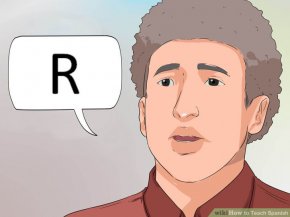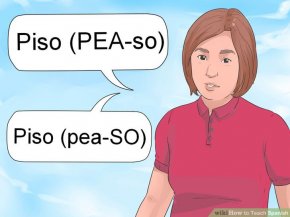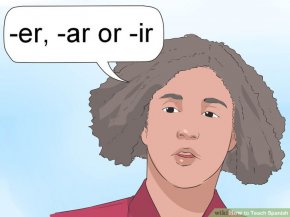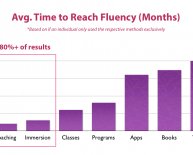September 20, 2022

How to teach basic Spanish?

Steps
Part 1
Covering the Basics
- Teach pronunciation first. One foundation that teachers won’t want to forget is pronunciation. Students often have significant problems with pronunciation that can interfere with the rest of their learning. Take time to tackle the sounds of the various Spanish vowels and consonants before going onto more involved lessons.
- Students having English as their first language shouldn’t be afraid of Spanish phonetics because they’re going from a very complex system into a much simpler one.
- Vowels in Spanish do not vary in length or pitch, and when a variation occurs it is not meaningful.
- Much of Spanish pronunciation is phonetic (things are pronounced the way they look), although students may struggle to become familiar with the Spanish “r” sound (rolled on the top of the mouth) and the fact that “ll” is pronounced as a “y” sound.
- Focus on the pronunciation of accents and stress marks in words. Stress, however is of paramount importance since a differing stress can change a word entirely. Connected with stress are weak forms, (word level) and rhythm (sentence level). Again, English speaking students are in luck again, as the Spanish system is easier than the English system.
- For example, “piso” (pronounced “PEA-so”) means “I tread, ” “floor, ” and “apartment.” “Pisó” (pronounced “pea-SO”): “s/he/it treaded, ” leading to misunderstandings in both languages if not mastered properly.
- Compare the English words “command” & “transfer” when you shift the stress, to show students the difference between stressing the second syllable or the first syllable.
- Spanish is a relatively easy language to learn (especially when compared to the thorny English language with its incongruous spellings and word meanings).
- Handle verb conjugations. One of the most significant concepts in teaching Spanish is conjugating verbs and helping students to understand how these words change with tenses and use. Most of the Spanish verbs are regular, having either an -er, -ar or -ir verb form.
 Make sure students master the common verb forms, and they will be on their way to a better understanding of the language as a whole.
Make sure students master the common verb forms, and they will be on their way to a better understanding of the language as a whole.
- Show students online resource and websites that show conjugation charts. Make it clear to the students that these are foundational, and they need to memorize regular verb conjugations, as well as the irregular verbs.
- Go over irregular verbs like “ir.” Much like English, Spanish has a substantially irregular verb form for “to go, ” translated “ir.” Include the word changes from “ir” to “va” (you [forma] go) and “fue” (he went), etc. in beginning verb conjugation. This is a crucial verb that students simply need to memorize.




















